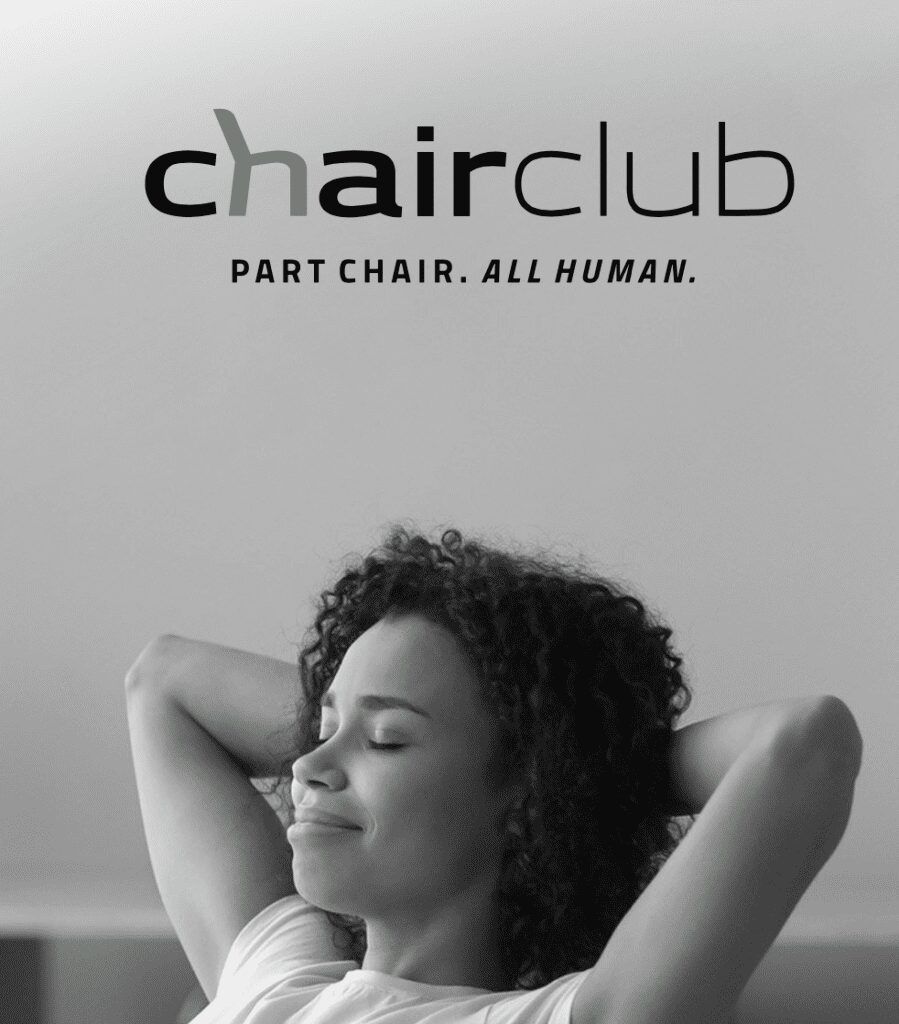IS SITTING THE NEW SMOKING?
On an average day, you probably spend more time sitting than you realise. Within minutes of waking up, you find yourself sitting down to enjoy breakfast or a cup of coffee. After sitting in rush hour traffic for a while, you get to work and sit behind your desk until lunchtime – which generally involves more sitting. After sitting in meetings and sitting in more traffic on the way home, you’ll probably find yourself sitting in front of the TV before bed.
Unfortunately, we tend to lead rather sedentary lives, and most of our day is spent in a seated position. In fact, many of us spend around ten hours a day sitting down. The bad news is sitting isn’t particularly good for you.
Researchers have likened the risks of sitting all day with the risks of smoking – something that we have been doing for years but didn’t fully understand the risks of until recently. One study even compared people who sat for more than eight hours a day with no physical activity to those who smoked and found that they faced similar risks.
IS SITTING ALL DAY BAD FOR YOU?
Recent studies have taken a look at sedentary jobs and the health risks facing people who sit all day. Researchers have been able to link sitting for long periods of time with a host of health problems. Our bodies are not designed to remain in a seated position for eight to ten hours a day. Sitting for too long hampers blood circulation, reduces the amount of oxygen getting into your body, stiffens your muscles and hardens arterial walls. All these effects lead to health problems.
THE SIDE EFFECTS OF SITTING
Some of the side effects of sitting for too long include poor posture and poor flexibility, lower-back and joint pain.
Worse still, sitting has also been associated with more serious health ailments including high blood pressure, cardiovascular disease, kidney and liver problems, type 2 diabetes, and even cancer.
People who sit for long periods of time also gain more weight and are more prone to anxiety and depression.
A SOLUTION IN STANDING DESKS?
Researchers have considered whether using a standing desk could help office workers to reduce health problems and lead healthier lives. Unfortunately, the answer is not that simple. A pilot study showed that standing desks did help office workers to feel more energised during the day and burn off more calories, but it won’t solve our sedentary lifestyle issue.
It’s actually the repetitive use of a single position that is a problem. Standing for too long is also not good for your body – in fact, prolonged standing could double your risk of cardiovascular disease.
What’s more, not using your muscles (whether sitting or standing) leads to joint and muscle stiffness, which causes rigidity of the arterial walls within these muscles.
A better solution is to actively take breaks, walk around and get moving.
HOW TO REDUCE THE HEALTH RISKS OF SITTING DOWN
Even if you have a sedentary job, you can help reduce the health risks by simply moving a little more in your day. Aim to take a short walk every 30 minutes. Just getting up and stretching can help, but take a few minutes to actively walk around, pour a glass of water and stretch your legs. Try taking the stairs instead of the lift, and even park your car in a bay further away from your office doors. Every little bit of movement helps.
If you work in a creative or strategic environment, you may find that taking breaks and stretching your legs can really help to get your mind working. Taking a walk can refresh your mind and often leads to new ideas and solutions.
HOW EMPLOYERS CAN HELP REDUCE THE HEALTH RISKS OF SEDENTARY JOBS
As an employer, you can help reduce the risks of sitting by taking a look at the chairs in your office. High quality ergonomic chairs have been proven to reduce back pain and prevent muscular health issues.
When designing pause areas, break rooms and chill areas, consider adding multipurpose chairs that can be used for sitting or standing.
Actively promote a policy that encourages people to sit less during the day. Encourage ‘walking meetings’ and standing brainstorming sessions. Suggest that employees to take a number of short breaks during the day, instead of a single long lunch break.

